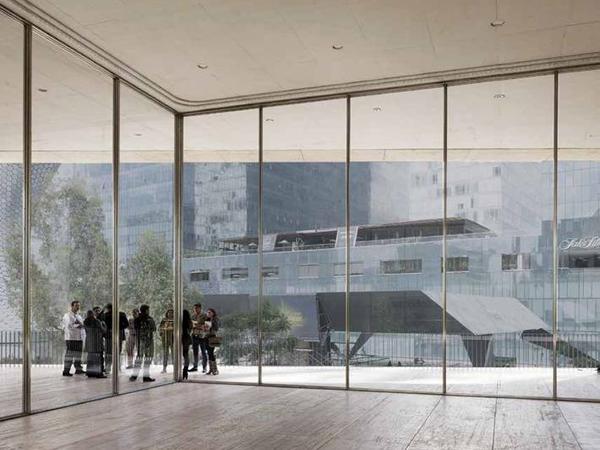
Date: 10 May 2017
One of six projects shortlisted for the RIBA International Prize in 2016, the Museo Jumex, the first building in Latin America designed by renowned British architect Sir David Chipperfield.
The Museo Jumex is the Fundación Jumex Arte Contemporáneo’s main platform. The Fundación Jumex Arte Contemporáneo was established to foster the production and discussion of contemporary art, diffusing information about it while finding innovative ways to promote art and culture.
It accomplishes this through the Colección Jumex, the foundation’s art collection, and the Museo Jumex, a site for the exhibition and activation of contemporary art.
The collection, owned by collector Eugenio Lopez, heir to the Jumex fruit-juice company fortune, comprises over 2,900 artworks by contemporary artists such as Jeff Koons, Olafus Eliasson and Tacita Dean, as well as a selection from Mexican artists Abraham Cruzvillegas and Mario Garcia Torres.

The facility, which features walls of concrete and locally sourced travertine, was opened in 2013 and more than doubled the exhibition space of the collection’s previous home. It makes significant use of advanced internal and external glazing solutions to satisfy the architect’s interest in using natural light as much as possible.

Mounted on 14 columns − which allows the grounfloor to open out to a urrounding public plaza − the museum includes five floors, three of which are dedicated exhibition spaces. There are also levels for educational and academic programs, a bookstore, a café and the foundation’s headquarters.
The glazing solutions used in the structure incorporate SentryGlas® ionoplast interlayers from Trosifol® in order provide optimal light transmittance, strength and safety.
The large glazed panels, some as big as 1.2 x 6.0 m (3.9 x 20 ft), comprise two 10 mm annealed glass panes sandwiching a 1.52 mm (60 Mil) SentryGlas® interlayer.
According to Kinetica, the installer: “SentryGlas® interlayers were chosen for the windows and doors of this project for several reasons. Firstly, to address safety. With windows up to six meters in height it was important to have a product that would guarantee post-breakage safety, both during the installation process and for the visitors to the museum. The second requirement was for aesthetics. The clarity of the glass had to be maintained and so we needed an interlayer that did not affect the texture, color or light transmittance of the glass. The final consideration was for security. In order to achieve the highest visual quality tempered glass was not used, which meant the SentryGlas® interlayer had to provide the additional strength needed to secure the exhibition space.”
The installer continues: “During the course of the project it was necessary to work with suppliers that were able to manufacture special products, so that we could match the demands of the architect’s design. We worked very closely with Millet (the laminators) and technical experts at Trosifol®, as they had the capabilities, experience and facilities to deliver the glass that the project required. For us this project provided great satisfaction, because we were able to deliver the original design of the architect, without the need to subdivide the glass sizes for the windows and doors. This was achieved through a joint effort with our suppliers and the different departments of the museum that supported us in the course of the project.”

Museo Jumex is an outstanding example of a project that deploys an advanced SentryGlas® interlayer for its multiple aesthetic and structural capabilities. It highlights how architects can now have so much more freedom in their designs, without working to the constraints of less-capable glazing solutions.
Glass structures and panels are no longer considered weak links in modern architectural and structural projects. Instead, they can now be considered as an intrinsic structural part of any design, thanks to interlayers such as safety glass being capable of addressing strength, safety and security but not at the expense of clarity, color and light transmittance.
Architects: David Chipperfield Architects TAAU
Installer: Kinetica
Laminators: Millet Industria de Vidrio
Building: Owner Fundacion Jumex
Structural Engineers: Arup Alonso y Asociados
Trosifol® is the global leader in PVB and ionoplast interlayers for laminated safety glass in the architectural segment. With the broadest product portfolio Trosifol® offers outstanding solutions:
- Structural: Trosifol® Extra Stiff (ES) PVB and SentryGlas® ionoplast interlayer
- Acoustic: Trosifol® SC Monolayer and Multilayer for sound insulation
- UV Control: from full UV protection to natural UV transmission
- UltraClear: Lowest Yellowness Index in industry
- Decorative & Design: opaque black & white, colored & printed interlayers
 600450
600450














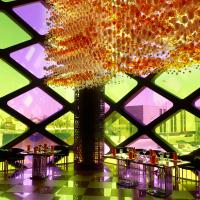

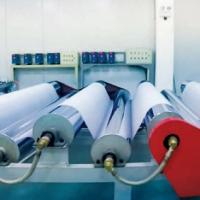

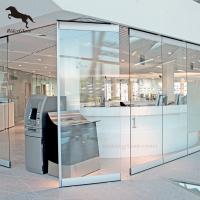
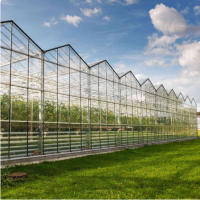
Add new comment